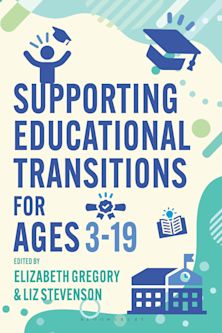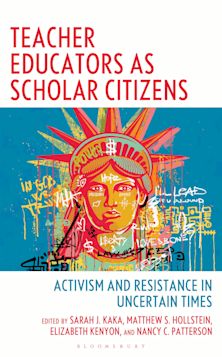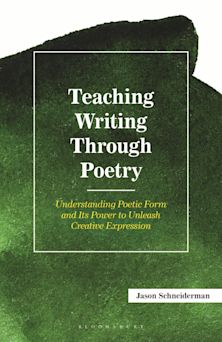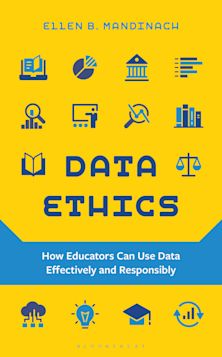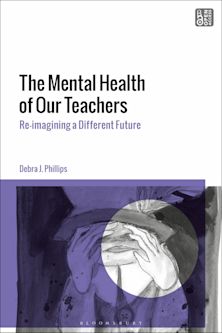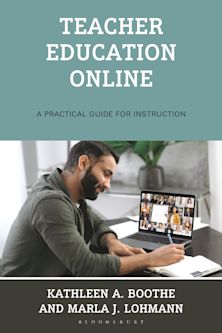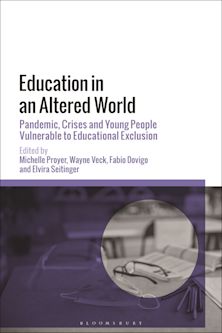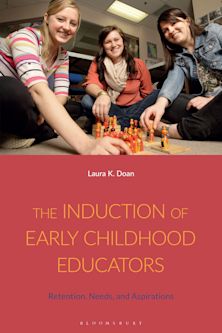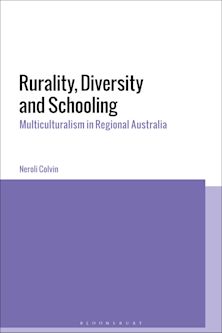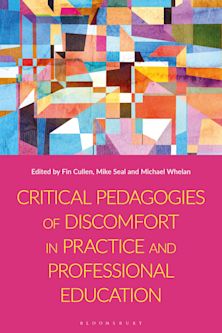- Home
- ACADEMIC
- Education
- Teacher Education
- Mastering the Art of Teaching
Mastering the Art of Teaching
Meeting the Challenges of the Multi-Dimensional, Multi-Faceted Tasks of Today’s Classrooms
Mastering the Art of Teaching
Meeting the Challenges of the Multi-Dimensional, Multi-Faceted Tasks of Today’s Classrooms
You must sign in to add this item to your wishlist. Please sign in or create an account
Description
The complexity of what teachers do is incomprehensible to anyone who has not lived the experience. If one examines, in detail, the multi-dimensional, multi-layered, multi-faceted acts that a teacher performs each teaching day, it almost defies belief for it is beyond heroic. Done well, the impact is to influence students for all the days of their lives. Done well, it leaves students altered for the better. It takes a trained observer to perceive and comprehend the various acts, both overt and subtle, that a teacher carries out during the course of a school day.
This is the onus of this book – to make explicit the professional tasks of a teacher in today’s fast changing world, where technology is rapidly replacing human interactions, where disinformation is daily fed to a gullible public, where funding and professional resources for schools are never enough, where students come to school carrying physical and emotional burdens that would daunt most adults, where the tasks of teachers are more demanding and more heartbreaking than ever before. How a teacher gives his or her all, and yet, manages to keep at the job without burning out is a significant feature of this book.
Not only are these professional tasks identified and explained, but suggestions are offered for how new and practicing teachers may further hone those skills that each task demands. Knowing the tasks is not enough; learning to apply them successfully is the key to becoming that master teacher.
Table of Contents
Preface
Introduction
Scenes from a Classroom
The Teacher as Decision Maker
Beginnings: Some Advice for New Teachers
What’s Wrong with Teacher Education?
Some Advice for “Noo Teechrs”
Last Words
The Professional Tasks of the Teacher
The Development of an Assessment Instrument to Evaluate Teaching Competence
Profiles of Teaching Competency
Categories of Teaching Competency
Teacher as Person
Growing Teachers
Being Clear About What’s Important
Sharpening Your Problem-Solving Skills
The Importance of Being Real
Developing Confidence in Self
Taking Care of Yourself
Conclusion
The Teacher and The Kids
Teacher as Diagnostician
Identifying Students Showing Extreme Emotional Needs
Teaching Strategies for Dealing with Emotional Needs
Identifying Behavior that Relates to Lack of Experience with Thinking
Teaching Strategies for Dealing with Lack of Experience with Thinking
Other Behavior Impediments to Learning
Conclusion
Teacher-Student Interactions
It Starts with Listening, Attending and Apprehending
Choosing the Right Response
Basic Reflective Responses
Responses that Call for Analysis of Ideas
Responses that Challenge
Responses that Address Students’ Expression of Feelings
Mastering the Art of Teacher-Student Interactions
Conclusion
The Teacher and the Curriculum
IT and the Curriculum
A Few Examples of Existing School Programs Incorporating IT
What Can a Teacher Do?
Putting the Teaching for Thinking Curriculum Framework into Practice
Why Do These Students Love School?
Evaluation as a Tool for Improving Learning
Creating More Effective Assessment Tools
Diagnosing Students’ Difficulties
Giving Evaluative Feedback
Students’ Self-Evaluations
Reporting to Parents
Conclusion
Teaching as a Courageous Activity
The Closed Classroom Door
Teachers Who Dared
What’s the Pay Off?
Endpaper: In Retrospect
A Personal Journey
Appendix: Profiles of Teaching Competency
References
Index
About the Author
Product details
| Published | Jan 15 2021 |
|---|---|
| Format | Ebook (PDF) |
| Edition | 1st |
| Extent | 154 |
| ISBN | 9798765175439 |
| Imprint | Rowman & Littlefield Publishers |
| Publisher | Bloomsbury Publishing |
About the contributors
Reviews
-
In Mastering the Art of Teaching, Wasserman examines what it means to be a master teacher. She details all the professional responsibilities required of teachers in a way that shows new teachers the intricacies of the profession and, at the same time, inspires veteran teachers with the significance of what they do on a daily basis. This is all done with a focus on teacher-student interactions and their effect on student learning, which is grounded in Wasserman’s extensive research…. This volume is both informative and inspirational as the reader is exposed to the stories of teachers who grapple with real classroom situations. Wasserman asks the reader to consider multiple perspectives of common scenarios as she presents a detailed picture of the day-to-day responsibilities and complexities of a teacher's duties. Recommended.
Choice
-
Wasserman distills from her many years as a teacher and teacher educator the essence of what it means to be a teacher…“incomprehensible to anyone who has not lived the experience.” The result is a deep, thoughtful, and sympathetic guide to carry us through all stages of our teaching life. The key is the teacher-student relationship that transcends issues of lesson planning, curriculum, and evaluation, so beloved by teacher training programs. Her deep respect for students pervades all aspects of teaching life, as she says “never, ever, ever make a student feel less able, less happy, less secure at the end of a school day than at the beginning.” This is a wonderful insight, and the ways she elaborates this fundamental idea makes this book a powerful resource for anyone contemplating a teaching career or already in the classroom.
Thomas O'Shea, SFU Excellence in Teaching award, author, “Mathematics Education Across Time and Place”
-
With Mastering the Art of Teaching, Selma Wassermann breaks down the professional tasks required of teachers before weaving them into a cohesive whole with examples of how to apply them in instructional situations. Examples include providing vision, encouraging inspiration, raising expectations, and broadening experiences. I found her emphasis on two points especially important--Be yourself and care for yourself. No teacher can successfully be other than herself or succeed if burned out. She reminds us that great teachers may come from outside the profession, giving Julia Child as an outstanding example. For anyone wanting to become a master teacher, there is no better guide than Selma Wassermann.
William C. Cliett Jr., Ph.D, former superintendent of schools, Gainesville, Florida
-
Years of analysis of teaching by a genuine master teacher herself, has resulted in Dr. Wassermann’s latest book. Selma describes the particular behaviors of the master teacher beautifully. She writes, not in “stiff, dull, academic prose” but communicates with ease through story, personal experiences and word pictures or profiles and with deep understanding of teaching as a blend of science and art. Teachers seeking a path to mastery will be guided not only by reading about her “Profiles of Teaching” but will be encouraged to reflect on their own teaching practices in relationship to the descriptors of the master teacher that Wassermann provides in this book.
Wallace Eggert, former assistant superintendent of schools, Victoria, BC
-
Mastering the Art of Teaching is a must-read for every teacher at any stage of his or her career. As a teacher myself, with more than 40 years of experience, I learned a long time ago that the art of teaching is a career-long aspiration. Dr. Wassermann’s views about teaching excellence, so clearly expressed, will inspire most any teacher to go beyond proficiency - from knowing how to teach, to actually applying the essential teaching competencies that she describes - to a mastery level of teaching and truly making a difference in the lives of students.
Gary Squire, retired teacher & principal, North Vancouver School District, former faculty associate, Professional Development Program, Simon Fraser University
-
Dr. Selma Wassermann's book is a highly relevant and timely resource. It should be required reading for all educators and especially for those in positions making decisions regarding best practice. For those in the classroom, online, at home or at a teacher training university, it provides information and practical guidance for improvement in all aspects of teaching and learning. It is a masterful and comprehensive contribution for use by educators and policy makers at all levels.
Maureen McAllister, teacher and elementary consultant, Vancouver School Board; faculty associate, Simon Fraser University (retired)












